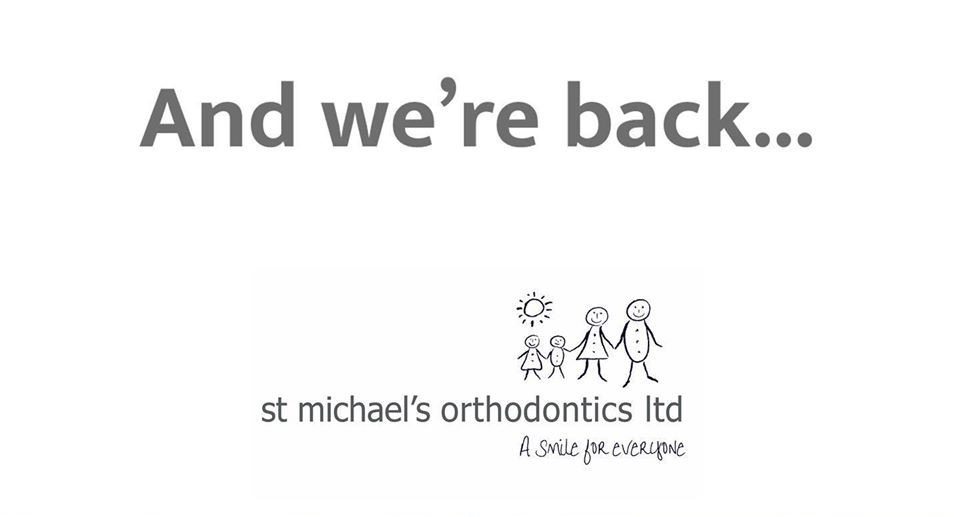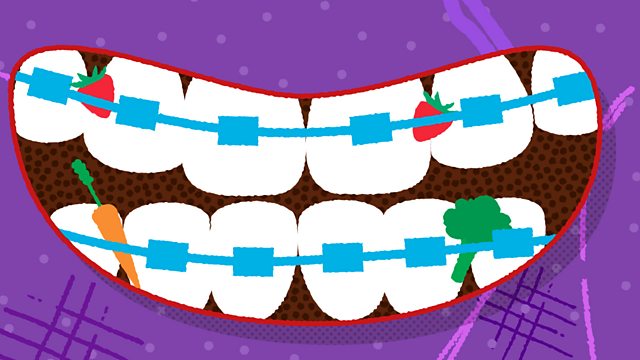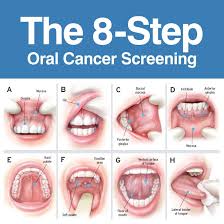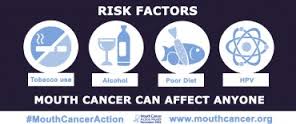To determine if you are eligible for braces on the NHS, your Orthodontist will use the Index of Orthodontic Treatment Need (IOTN) rating system – typically this is used for children aged 17 years and under. If you receive Grades 1 or 2 then unfortunately you will not be eligible for NHS funded treatment, but if you score a Grade 4 or 5 then you will automatically be eligible. The assessment usually takes around 20 minutes so you won’t have to wait weeks on end for an answer. Here’s a breakdown of each grade:
Grade 1
Patients who score a Grade 1 will not have a sufficient health need for orthodontic braces as their teeth are considered ‘‘almost perfect.’’
Grade 2
Patients who score a Grade 2 are also not eligible for braces on the NHS as there isn’t a justified health need.
Grade 3
If you receive a Grade 3, you could still be eligible for NHS funding, but your case is borderline and so your Orthodontist will need to consider the appearance of your teeth too, giving them an aesthetic score of 1 – 10. If you receive a Grade 3 and an aesthetic score of 6 or above then you will qualify for NHS brace treatment. Irregularities of teeth which are less than 4mm out of line (e.g. open bites of less than 4mm) or deep bites with no functional problems will not qualify for NHS treatment.
Grade 4
Severe degrees of irregularity will qualify for orthodontic treatment on the NHS.
Grade 5
If you score a Grade 5 then you will have a health need for orthodontic treatment on the NHS.
Examples of Grade 4/5
- When teeth cannot sit within the mouth normally because of obstruction by crowding or additional teeth.
- A number of missing teeth.
- Upper front teeth that protrude more than 9mm.
- Lower front teeth that protrude in front of the upper more than 3.5mm and where there are functional difficulties too.
- Cranio-facial anomalies such as cleft lip and palate.
The second part of the IOTN is the Aesthetic Component. The NHS recognises that some patients need and benefit from orthodontic treatment on the basis of poor aesthetics. The Aesthetic Component of the IOTN is a scale of 10 colour photographs (see below) showing different levels of dental attractiveness. The grading is made by the Orthodontist matching the patient to these photographs.
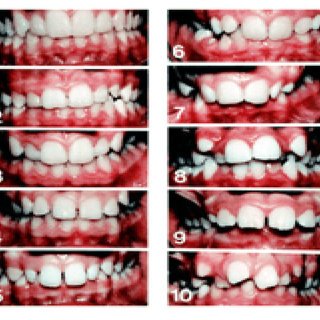
Braces available on the NHS
Patients who receive orthodontic care through the NHS will receive metal braces and will therefore not have the luxury of choosing their preferred brace type for themselves. Metal braces are both efficient, they are made up of small metal brackets attached to each tooth which is controlled by a thin metal wire (it’s this wire that moves your teeth to the desired position and it will need tightening/adjusting approximately every 6 – 8 weeks throughout your treatment).
If you would like advice on whether your child qualifies or alternative treatment options we offer free no-obligation advice.
Contact us today at tco.stmichaelsortho@portmandental.co.uk or call 01924 380680

